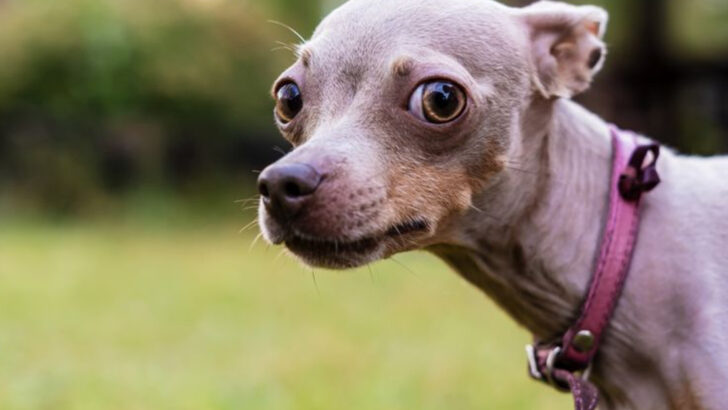Your dog doesn’t just snap out of nowhere. The warnings are there—you just haven’t seen them yet.
Before the growl, before the bite, there’s a shift.
A glance that lingers too long.
A tail that stiffens like a loaded spring.
A yawn that isn’t about being tired.
Dogs speak a secret language in body and breath.
And when they’re reaching their limit, they whisper it first.
Miss those whispers, and you might be dealing with a shout.
This isn’t about fear.
It’s about connection.
The closer you are to your dog’s unspoken cues, the safer everyone stays.
Let’s decode the danger before it walks into the room on four legs.
Stiff Body Posture

A dog’s body posture is a significant indicator of its current mood. When a dog becomes stiff, with muscles tensed and ears pointed forward, it could signal discomfort or impending aggression. This rigid stance, often accompanied by a hard stare, is a way dogs communicate unease.
Ignoring this sign might lead to escalation if the source of the dog’s stress isn’t removed or addressed. Being vigilant about your dog’s body language helps in preempting aggressive behavior.
Search for images of “dog stiff body posture aggression” to familiarize yourself with this warning sign.
Intense Staring
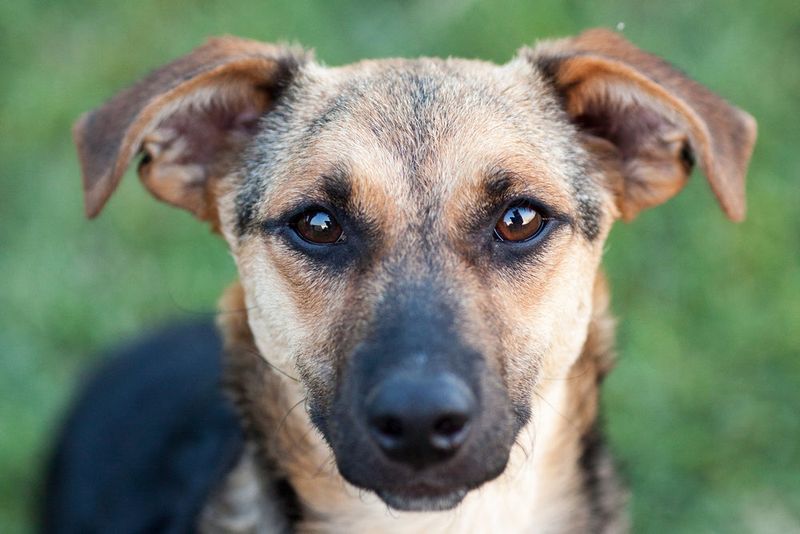
Dogs communicate a lot through their eyes, and an intense stare can be particularly telling. This behavior, often perceived as a challenge, may precede aggressive actions, especially if directed towards another animal or unfamiliar person.
Breaking eye contact can sometimes de-escalate tension. It’s crucial to recognize when a dog’s stare shifts from casual observation to something more focused.
Look up “dog intense stare aggression” to see examples of this subtle but crucial warning sign.
Raised Hackles
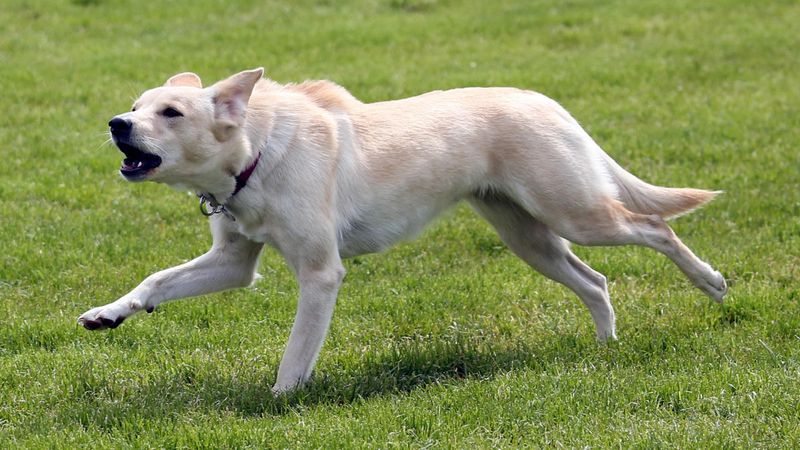
Raised hackles on a dog, where the fur along their spine stands up, serve as an involuntary response to fear or aggression. This physiological change can make the dog appear larger and more intimidating.
While not always indicating aggression, this visual cue should not be ignored. It’s a sign that the dog is highly aroused or stressed.
Search for “dog raised hackles aggression” to understand this important signal better.
Growling
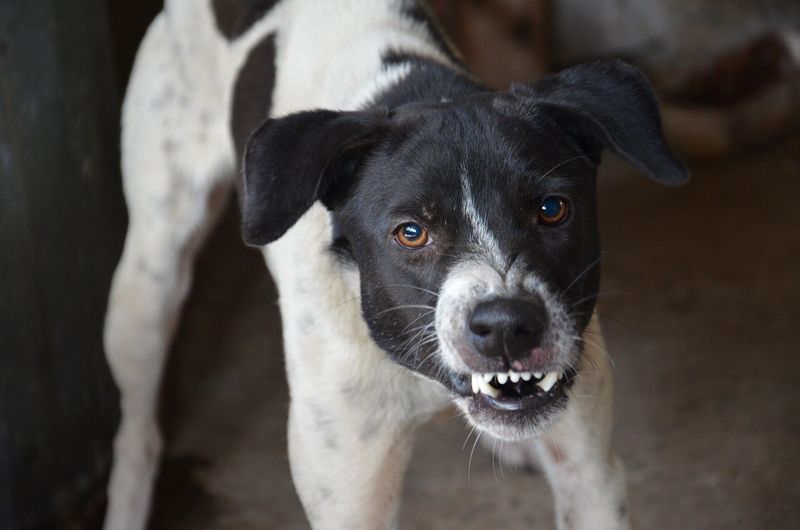
Growling is a dog’s way of vocalizing discomfort or fear. Often misinterpreted as mere annoyance, it’s a clear signal that the dog feels threatened or needs space.
Responding appropriately, either by removing the stressor or redirecting the dog’s attention, can prevent escalation. Always take growling seriously as a precursor to more aggressive behaviors.
Try searching “dog growling aggression warning” to find examples of this common sign.
Avoidance Behavior
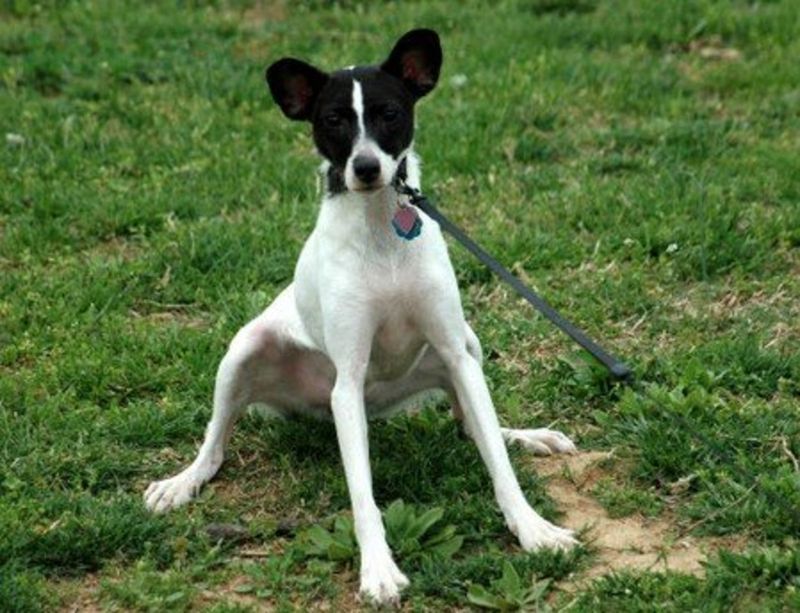
Avoidance behavior, such as turning away or refusing eye contact, often indicates anxiety or discomfort. This subtle cue might be overlooked but can precede more overt signs of aggression.
Dogs use avoidance as a calming signal, hoping to diffuse tension before it escalates. Recognizing and respecting this behavior can help manage stressful situations for your dog.
Search for “dog avoidance behavior aggression” to better understand this gentle warning.
Snapping
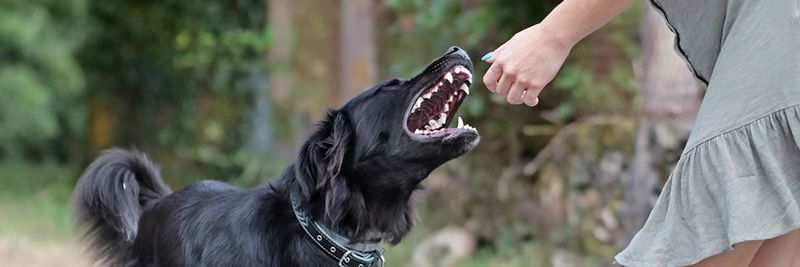
Snapping, a quick and sudden bite without making contact, is a strong warning signal. It’s a clear indication that a dog is feeling threatened or defensive.
This behavior is often a last resort before actual biting occurs. Understanding the context in which snapping happens can help prevent aggressive incidents.
Explore “dog snapping warning sign” to see visual examples of this behavior.
Tail Tucked
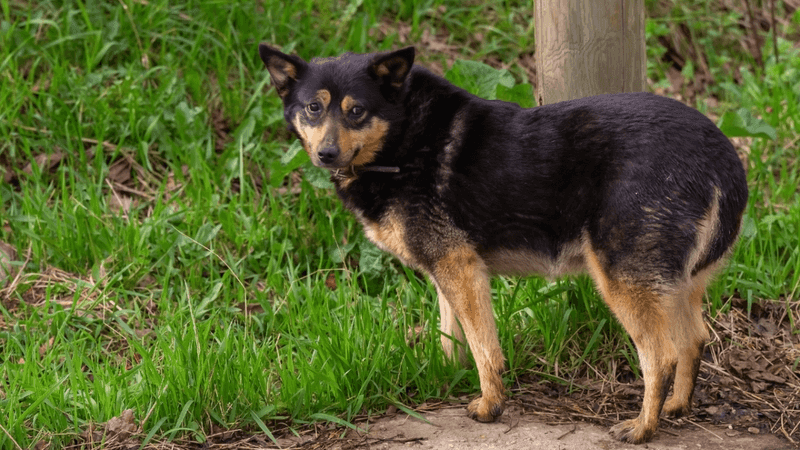
A tucked tail generally signifies fear or submission in dogs. While it might seem like a sign of shyness, it can also indicate that a dog is feeling cornered or overwhelmed.
Understanding this behavior is crucial, as a frightened dog can quickly become aggressive if it feels cornered or threatened.
Find out more by searching “dog tail tucked aggression” to understand the gravity of this posture.
Lip Licking
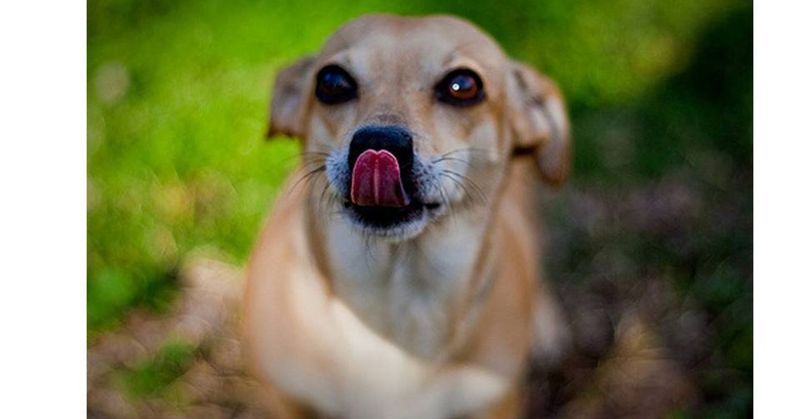
Lip licking in dogs can be a sign of stress or uncertainty. While not an aggressive action in itself, it’s a subtle hint that a dog is uncomfortable.
Owners should watch for this cue, especially when paired with other signs like a stiff body or intense stare, to prevent potential aggressive responses.
Look up “dog lip licking stress aggression” to see how this sign is displayed in different situations.
Yawning
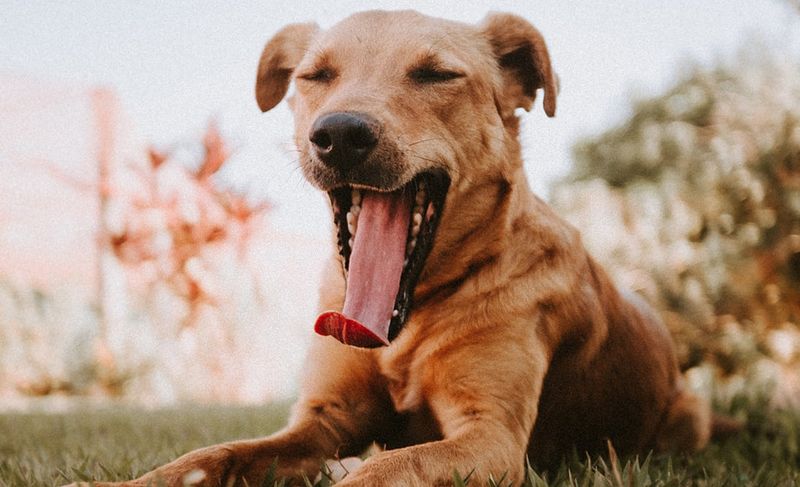
Yawning in dogs is not always a sign of tiredness. It can indicate stress or anxiety, serving as a calming signal in tense situations.
If your dog is yawning in a context that doesn’t involve sleepiness, it might be feeling uneasy. Being aware of this behavior can help in addressing the underlying cause.
Search for “dog yawning stress signal” to learn more about this deceptive sign.
Whale Eye
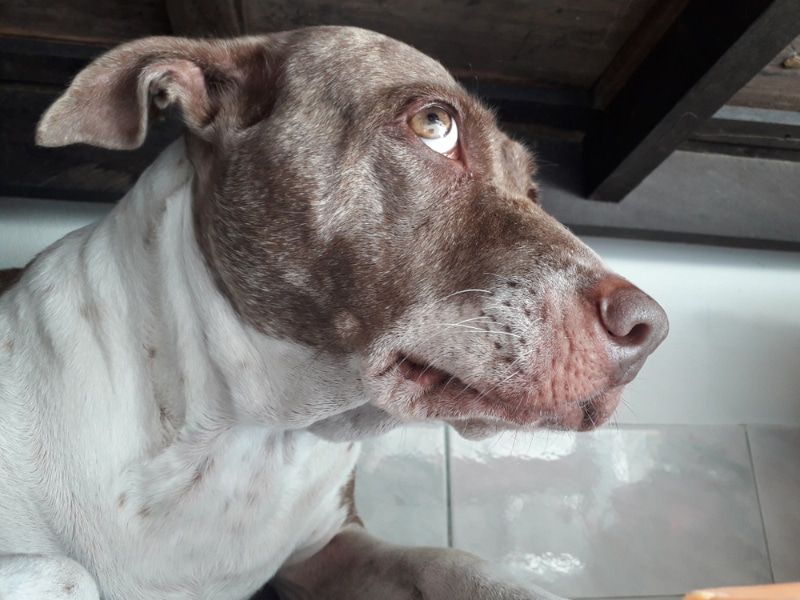
The term “whale eye” describes when a dog’s eyes are wide open, and the whites are more visible. This expression often indicates fear or anxiety.
It’s crucial to understand this sign as it can precede more serious aggression if not addressed. Dogs showing whale eye need their space and should not be forced into uncomfortable situations.
Research “dog whale eye aggression” to gain insights into this expressive cue.
Panting

Panting in dogs, especially when not linked to physical exertion or heat, can signal stress or discomfort. It’s a subtle but telling sign that a dog might be anxious or on edge.
Being aware of this can help in assessing your dog’s emotional state and addressing any potential triggers.
Investigate “dog panting stress signal” to find images illustrating this behavior.
Ears Pinned Back
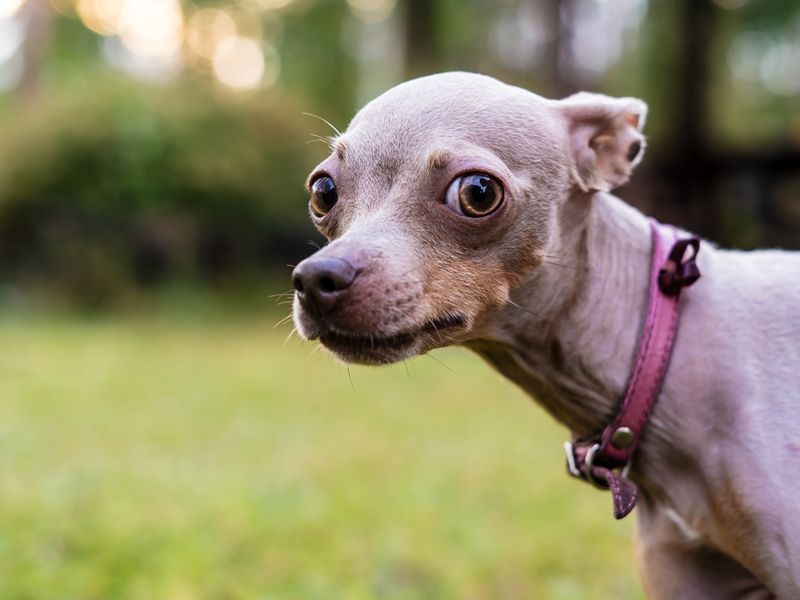
Pinned-back ears in dogs often indicate fear or submission. While it might appear benign, this posture can be a precursor to aggressive behavior if the dog feels trapped or threatened.
Recognizing this sign can help in de-escalating potential tension and ensuring the dog’s comfort.
Look for “dog ears pinned back aggression” to see examples of this common warning.
Freezing

Freezing is when a dog suddenly stops moving, indicating heightened alertness or anxiety. This stillness can be a prelude to aggression, as the dog assesses its perceived threat.
Owners should be attentive to this behavior, as it often precedes an aggressive response if the situation doesn’t improve.
Search “dog freezing aggression warning” for visual examples of this behavior.
Excessive Drooling
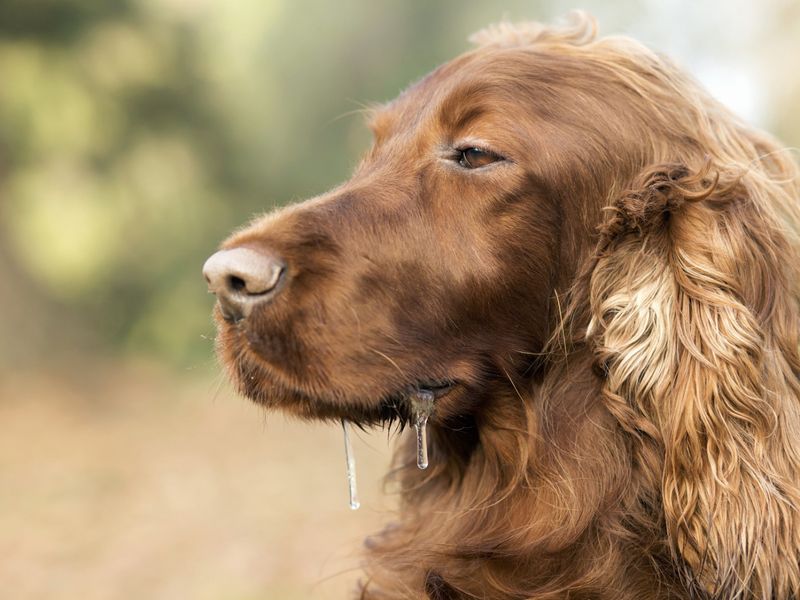
Excessive drooling can occur in dogs under stress, beyond the usual drool associated with excitement or hunger. It can indicate that the dog is uncomfortable or fearful.
Recognizing this sign, especially if it appears suddenly, is important in preventing aggressive behavior.
Try searching “dog excessive drooling stress” to find images related to this condition.

